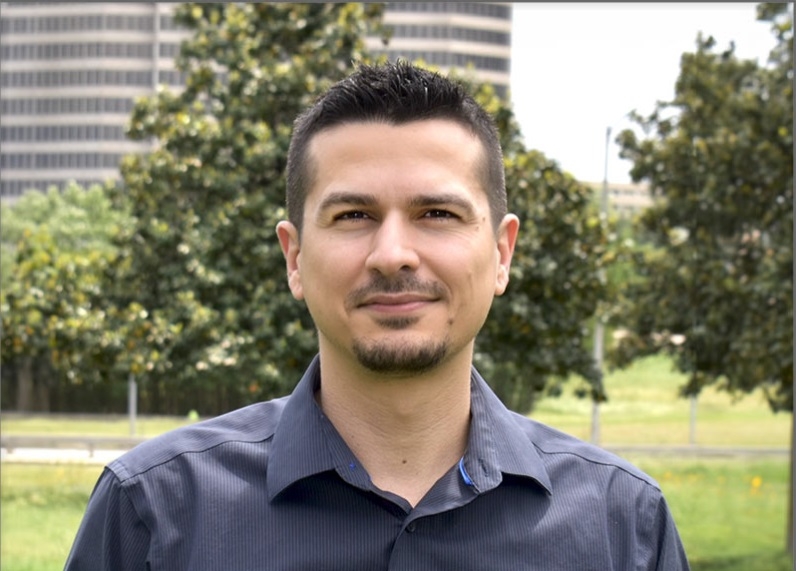Advertisement
XL Dynamics and PCi integrate products
Finding order in chaos: Getting things done in the midst of changeReta Cordproject management office, emerging markets, business strategy
There's no reason why chaos has to rule. No matter what the size
or your organization, chaos can and should be managed. During my
seven-plus years of project management, I've experienced the chaos
when companies grow very quickly in emerging markets. I've watched
them react to the changes in a knee-jerk fashion just to maintain
those growth spurts. In the midst of this kind of change, it's
sometimes difficult for the management team to step back and look
at each project to determine its strategic value. Much of this
comes about because so many companies involved with mortgage
lending are growing at break-neck speed to meet demand. The number
of projects escalates to match the rate of growth and often they
are started in a random fashion across all departments. These
projects usually spring up with little or no thought to how they
relate to each other or the goals of the organization. Each
division is focused on their piece of the pie and projects are
developed in their individual silos without any regard to what's
going on in the organization as a whole.
As these organizations struggle to keep up, another problem
develops: more people are brought on board to "fill spots." They
hire so quickly that training is placed on the back burner of
priorities. If you're hiring people with creative minds, each
person starts doing things their own way, contributing to the
chaotic environment. That's okay in a small, slow-growing
environment, but it won't work in a high-growth industry like
lending. And, without standardized processes and procedures, we are
totally dependent on each person's own way of doing things to get
the work done. Next thing you know, someone leaves and it feels as
if its impossible to replace them.
There is a better way. By creating and supporting a project
management office (PMO), the management team can get a handle on
change and make it work for the organization. The PMO looks at all
projects to see how they fit in with the company's overall vision,
and how they meet the strategic priorities set by the executive
team. The PMO also looks for ways that projects can be combined for
mutual benefits. For example, the content management solution
project may also meet some of the customer service requirements in
a separate project. By combining these projects, we may come up
with a more robust, enterprise solution.
The PMO provides the guidelines or methodology to manage
projects. We provide the templates so that all projects are managed
using consistent standards. The PMO provides the global (portfolio)
view of all project information that allows executive teams to make
decisions, prioritize projects and allocate resources based on the
strategic plan or direction. The PMO provides financial status of
the portfolio so that executives can pull the plug on projects when
costs begin exceeding benefits. At each phase of the project's
completion, the executives can maintain reality checks on the
health of their portfolio.
The service industry has been relatively slow to embrace the
concept of project management. The engineering and construction
industries were the earliest adopters, largely due to the
engineer's technical and detail-oriented skill sets. More recently,
the technology industry climbed on the bandwagon. Now other
industriesincluding financial servicesare adopting the project
management approach. Here's how adding a project management office
can help your institution stay one step ahead of change:
Managing resources
Ineffective allocation of resources is a common problem when
projects are managed within individual departments. Many times,
this approach doesn't allow resources to be fully utilized. A PMO
provides performance indicators for how resources can be allocated
across multiple projects.
Creating best practices
Using project management helps an organization create and use best
practices. These can be constantly improved by the entire
organization. As projects finish up, managers and team members
review and document the lessons learned, resulting in a continual
process improvement. The team is the focus here, not its individual
"stars."
Getting a handle on true costs
Organizations that are experiencing growth spurts do not always
stop to analyze the actual costs of projects. Budgets are
nonexistent in some cases due to the urgency to get things done.
For every hour a resource works on a project, there is a cost
associated with that time. When costs are tracked, not only can you
determine how much a product costs to develop, but the information
can also be used in making future decisions based on similar
projects. Executives will have the data to make decisions on how
profitable or beneficial projects are to the organization.
Dealing with dependencies
When creating project plans, some steps can't be taken until other
tasks are completed. These are called dependencies. Getting a
handle on these dependencies and the tasks and resources involved
with them is critical. It allows the team to understand the order
in which deliverables must be completed, thus providing the
executives with a more realistic view.
Change is exciting. Change is good and in today's lending
environment, managed change is a critical success factor. But
change can overrun an organization to the point where it spends all
of its time reacting to it. A common approach to managing projects
is essential to ensure consistent, repeatable and quality results.
By investing in a PMO, you can harness the energy of change and put
it to work for you to improve your bottom line.
Reta Cord is director of project management for Rocky Hill,
Conn.-based Integrated Loan Services. She may be reached at (800)
842-8423 or e-mail [email protected].
About the author





